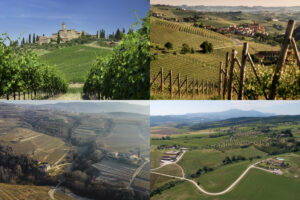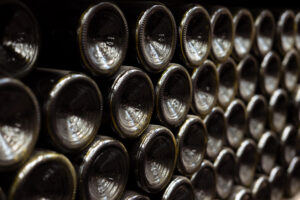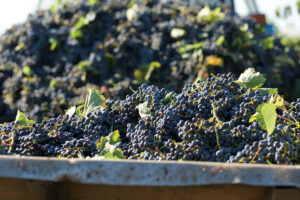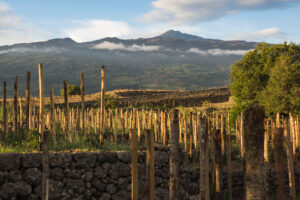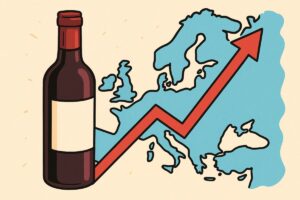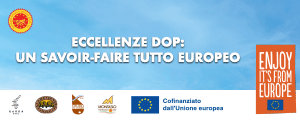This year’s warm and rainy autumn has sparked a boom in the snail population, subsequently sparking a boom in sales on the market and even creating innovative new ways to sell them, like the “snail take away” which was inaugurated in the Veneto region by an agricultural company in an attempt to combat local citizen’s new taste for foreign fast food.
These were the confirmations recently made by the agricultural group Coldiretti, which also noted that the above average temperatures, with alternating intense rain showers has provoked effects in nature that have also had an influence on agricultural activities like those of snail farmers. In cultivated fields, the high temperatures have provoked the extension of the vegetative phase of plants which are not entering into the usual “dormancy” phase and could thus be unprepared for the arrival of a sudden cold snap. And the climactic changes are also conditioning agricultural production itself by delaying seed planting, though it is predicted that it will aid mushroom harvests, which thrive in humid and warm climates, with a good does of sun and with about 18-20° C temperatures. And, obviously, the conditions are favorable for snail cultivation, which in Italy counts over 6,000 companies dedicated to heliciculture, with a total of 75 million square meters dedicated to this activity, but which are still not enough to satisfy consumers.
In comparison to other meats, that of the snail, in particular the Helix Pomatia, is truly lean, with a water content of 84.9%, 1.7% fat content, and 67 calories per 100 grams. Not to mention the fact that it has numerous curative properties as well. In herbalist’s shops one can find syrups made from snails for coughs and bronchitis and other respiratory ailments. The national production has a unique quality guarantee and is obtained through a complete biological cycle on open and free lands, without the use of coverage or food supplements, such as chemical products. But, in comparison to a national consumption that has grown 6 fold in the last fifteen years, now estimated to reach about 370,000 quintals per year, the national production levels of 125,000 quintals are confronted with tough foreign competition to keep a hold on the market. 70% of imported snails currently arrive from eastern countries.
Copyright © 2000/2025
Contatti: info@winenews.it
Seguici anche su Twitter: @WineNewsIt
Seguici anche su Facebook: @winenewsit
Questo articolo è tratto dall'archivio di WineNews - Tutti i diritti riservati - Copyright © 2000/2025










